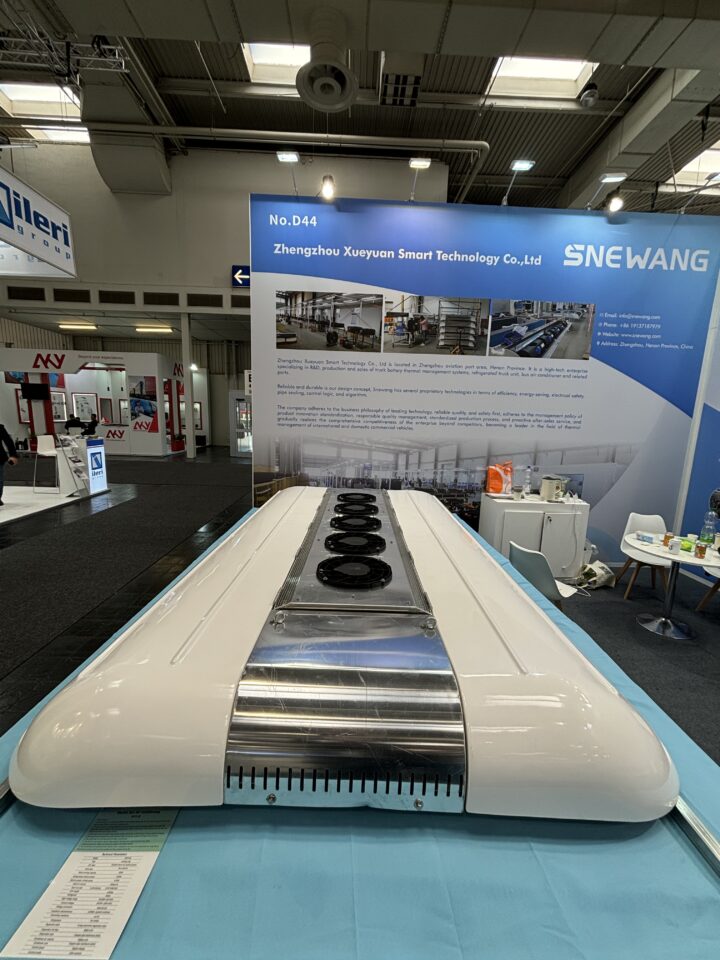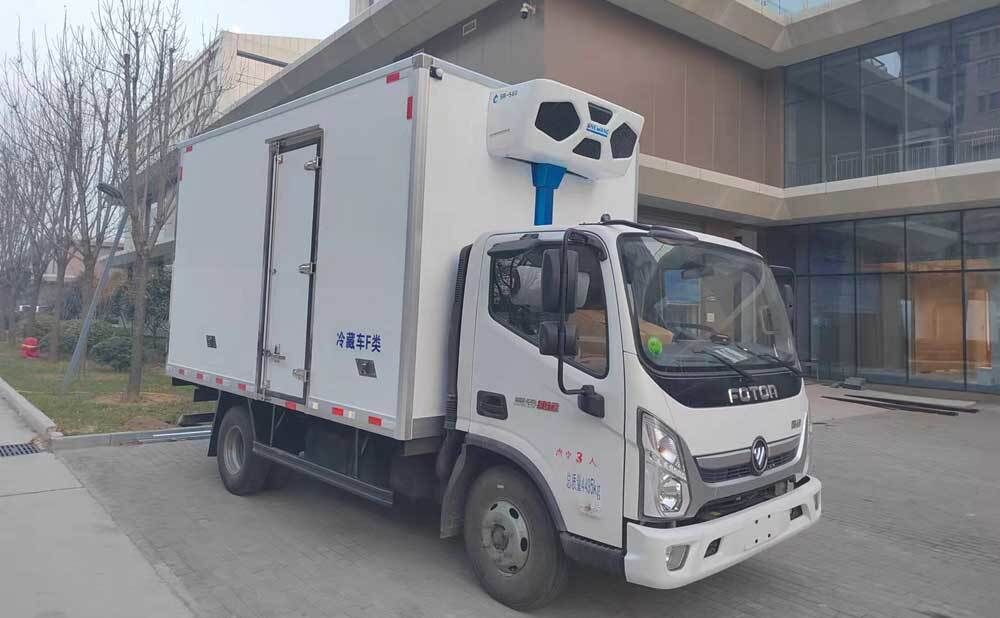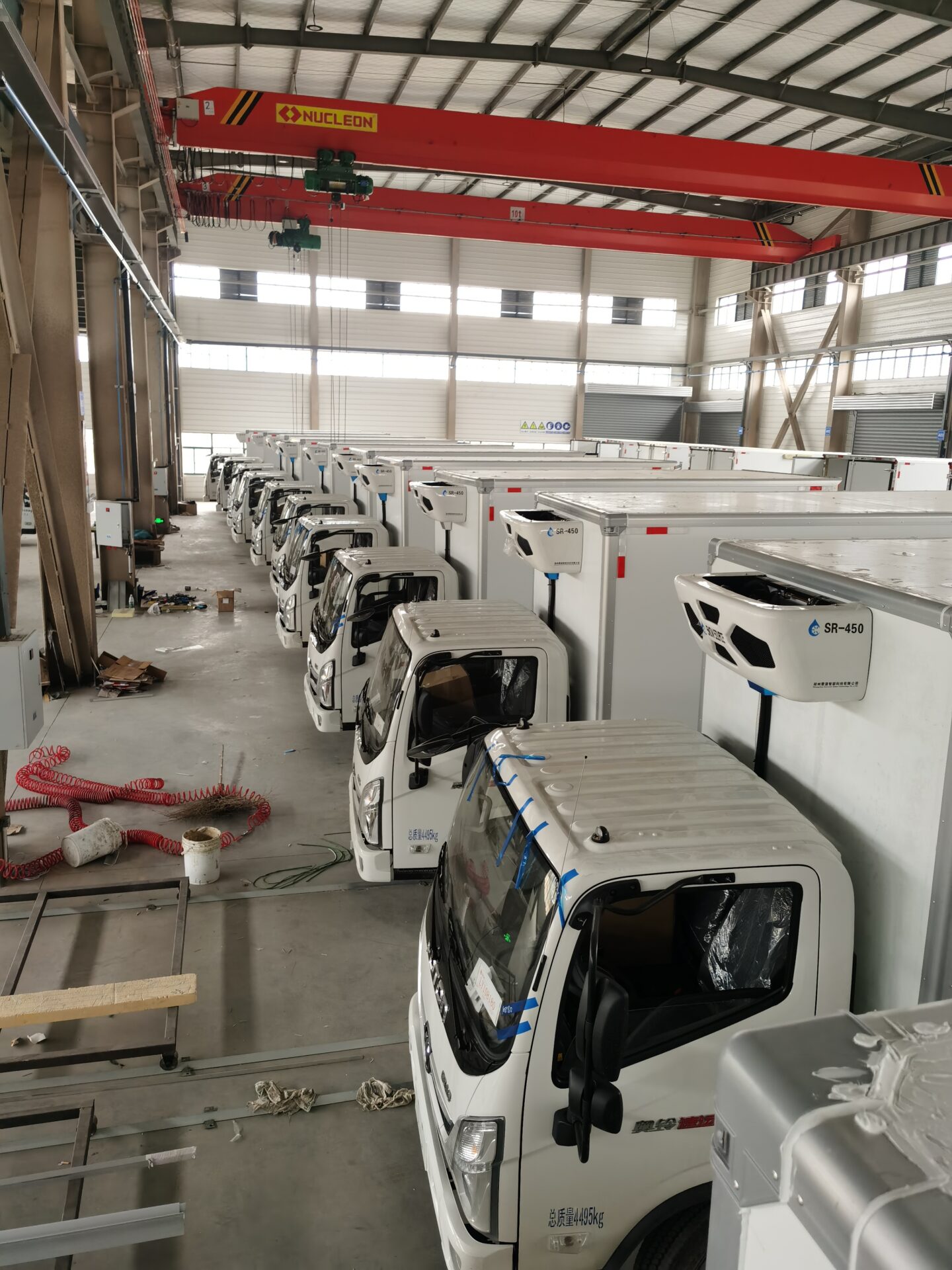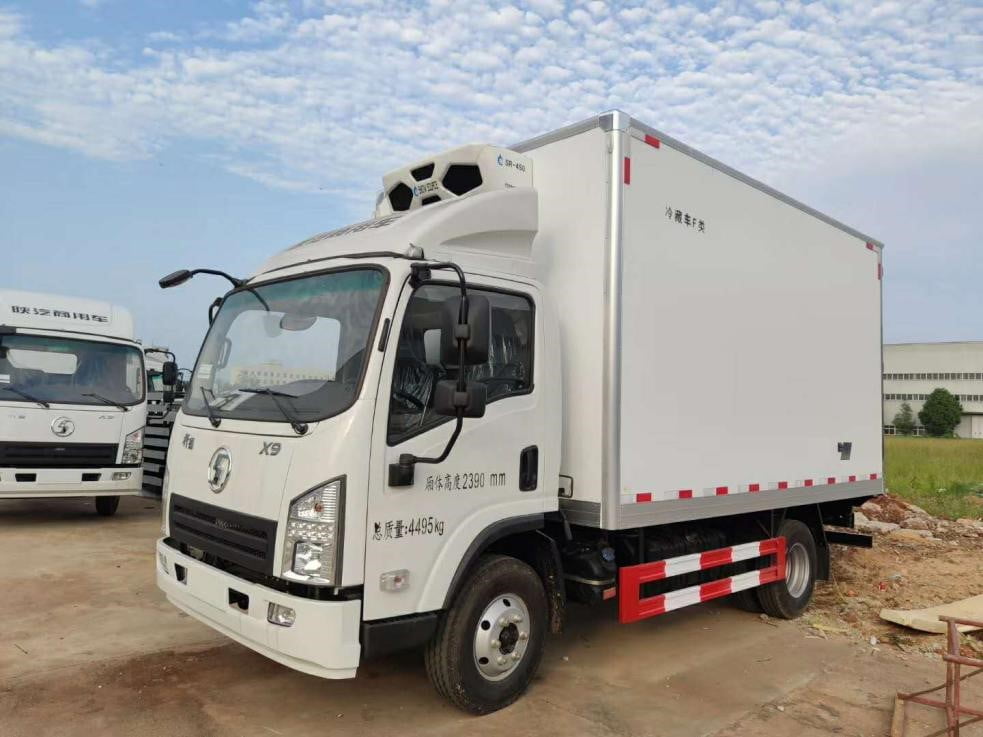The correct and reasonable use of bus air conditioners can not only achieve the best cooling and heating effects, but also save fuel. Reasonable use can also extend the service life of bus air conditioners and greatly reduce the failure rate.

After the vehicle is driven on rainy days or muddy roads, the driver is advised to check and rinse the condenser of the bus air conditioner in time, especially the condenser installed on the chassis. Once the mud adheres to the condenser, it is easy to cause heat dissipation difficulties, thereby reducing the cooling effect. Water leakage is prone to damage electrical appliances on rainy days or after washing the vehicle. Therefore, it is necessary to check the water leakage frequently.
Set a reasonable temperature. The temperature setting range is 22℃~24℃ during the day and 24℃~25℃ at night. The principle should be based on passenger needs. Curtains and sunshade, heat insulation and explosion-proof films should be used to reduce energy consumption. In particular, many luxury buses currently use large-view front windshields. A layer of sunshade, heat insulation and explosion-proof film has obvious air conditioning effects.




